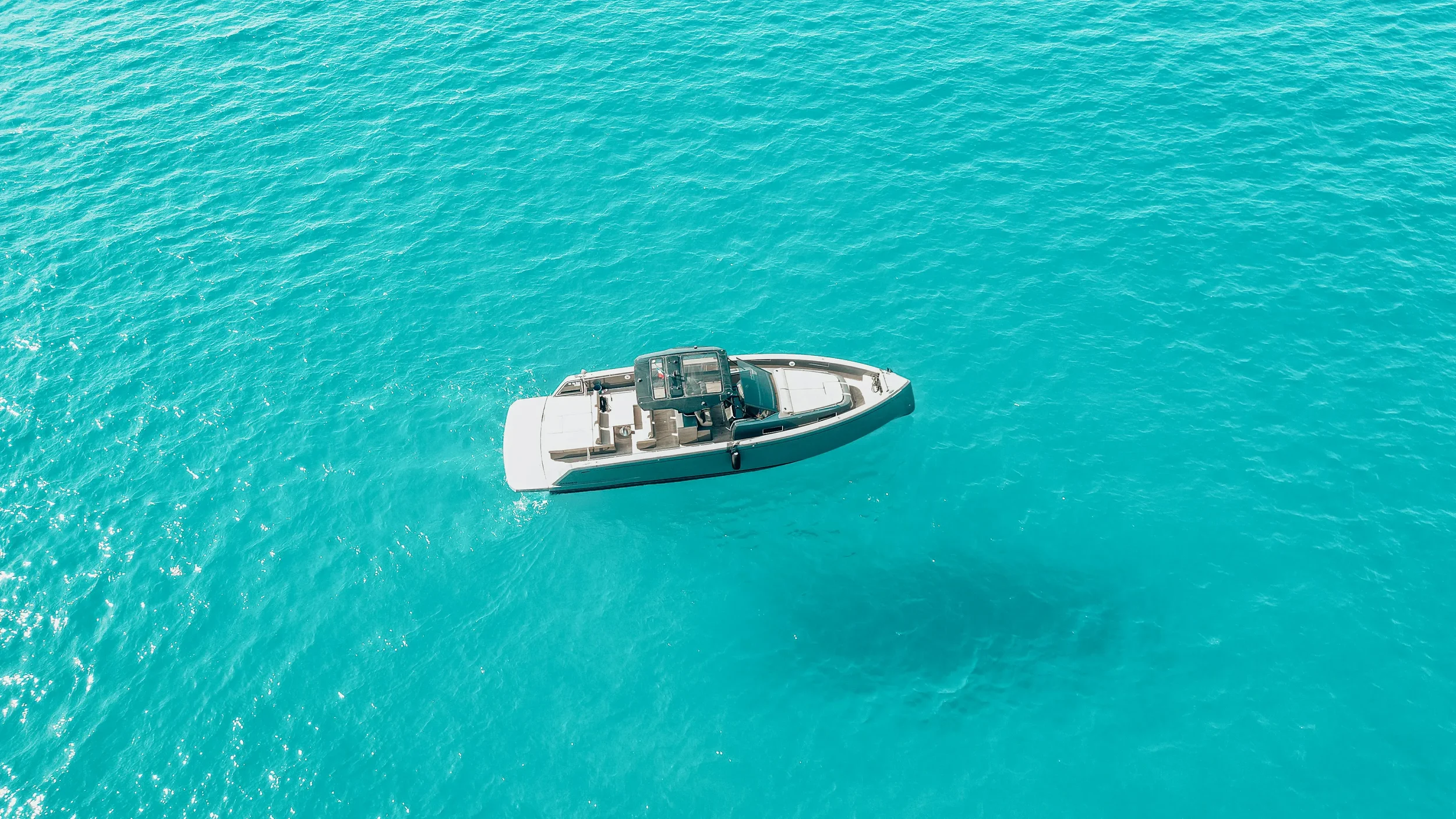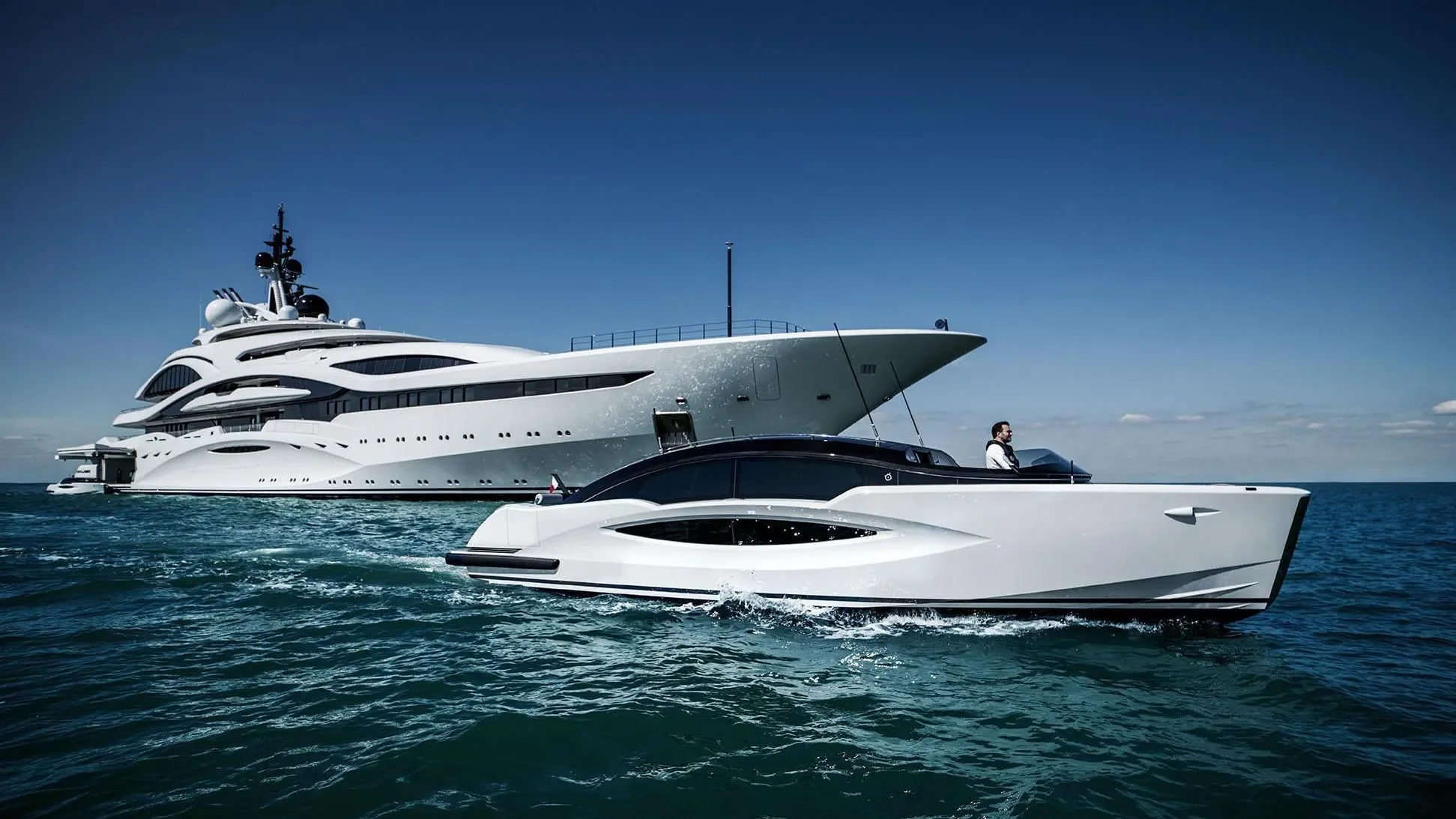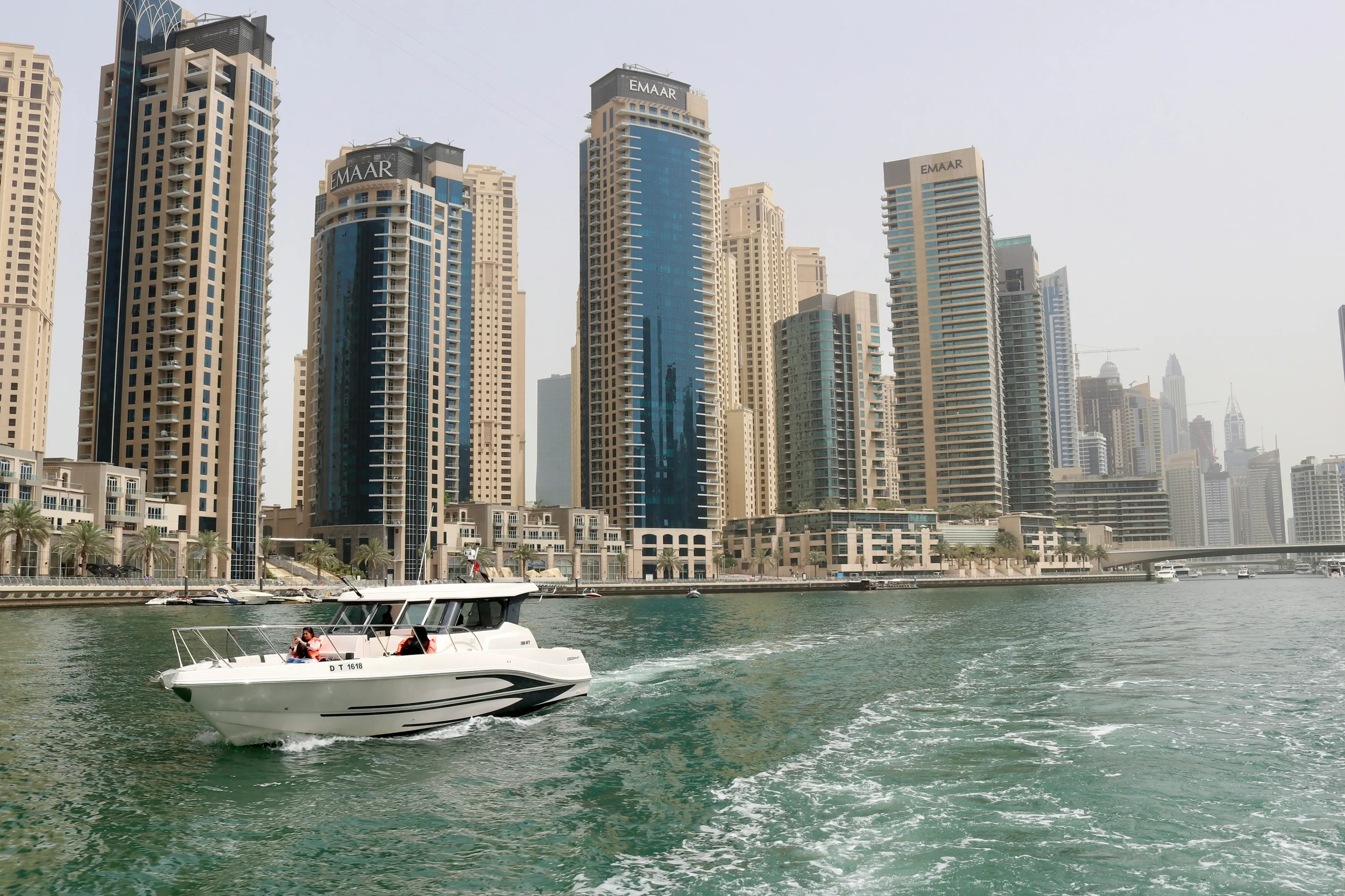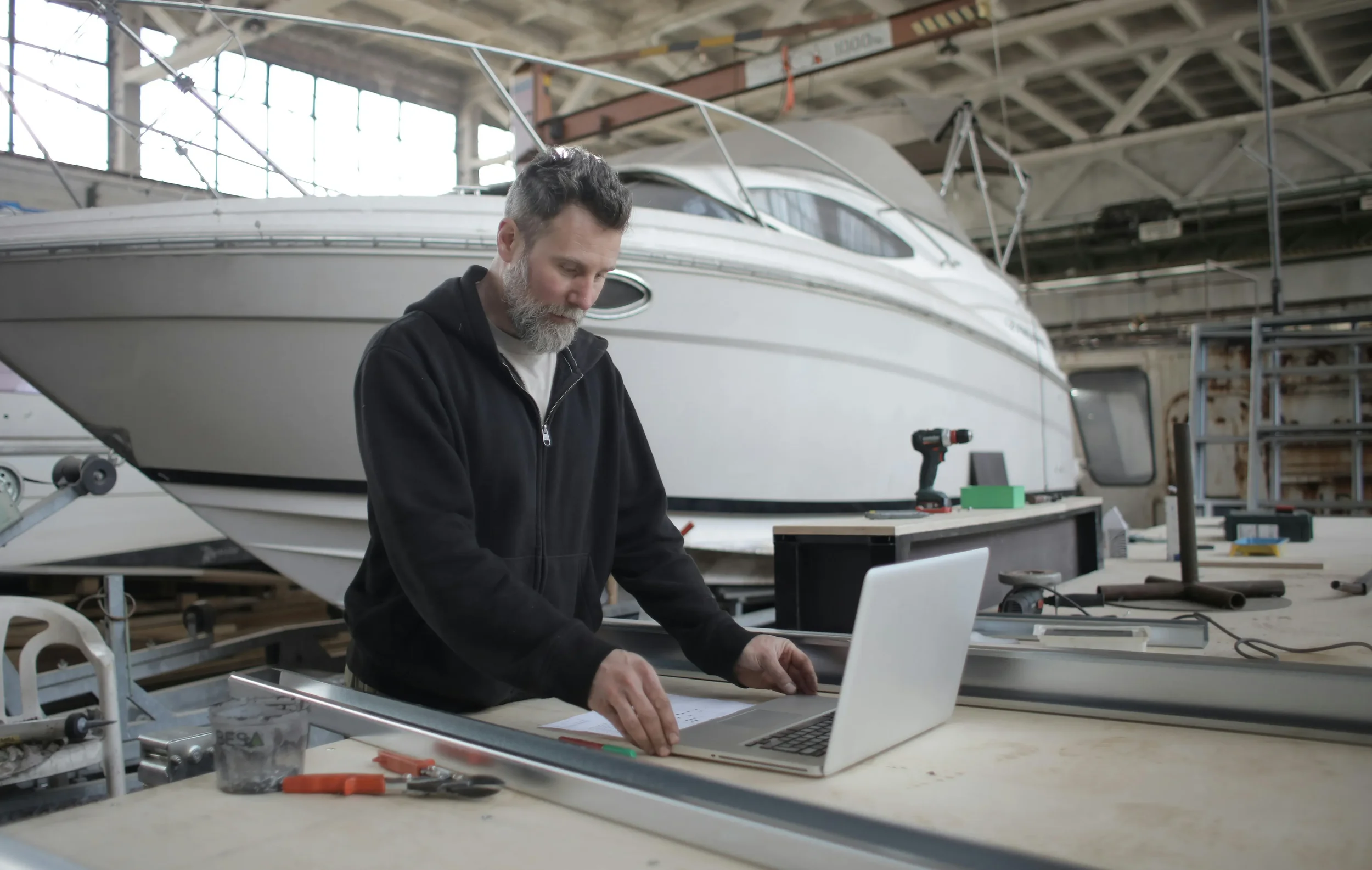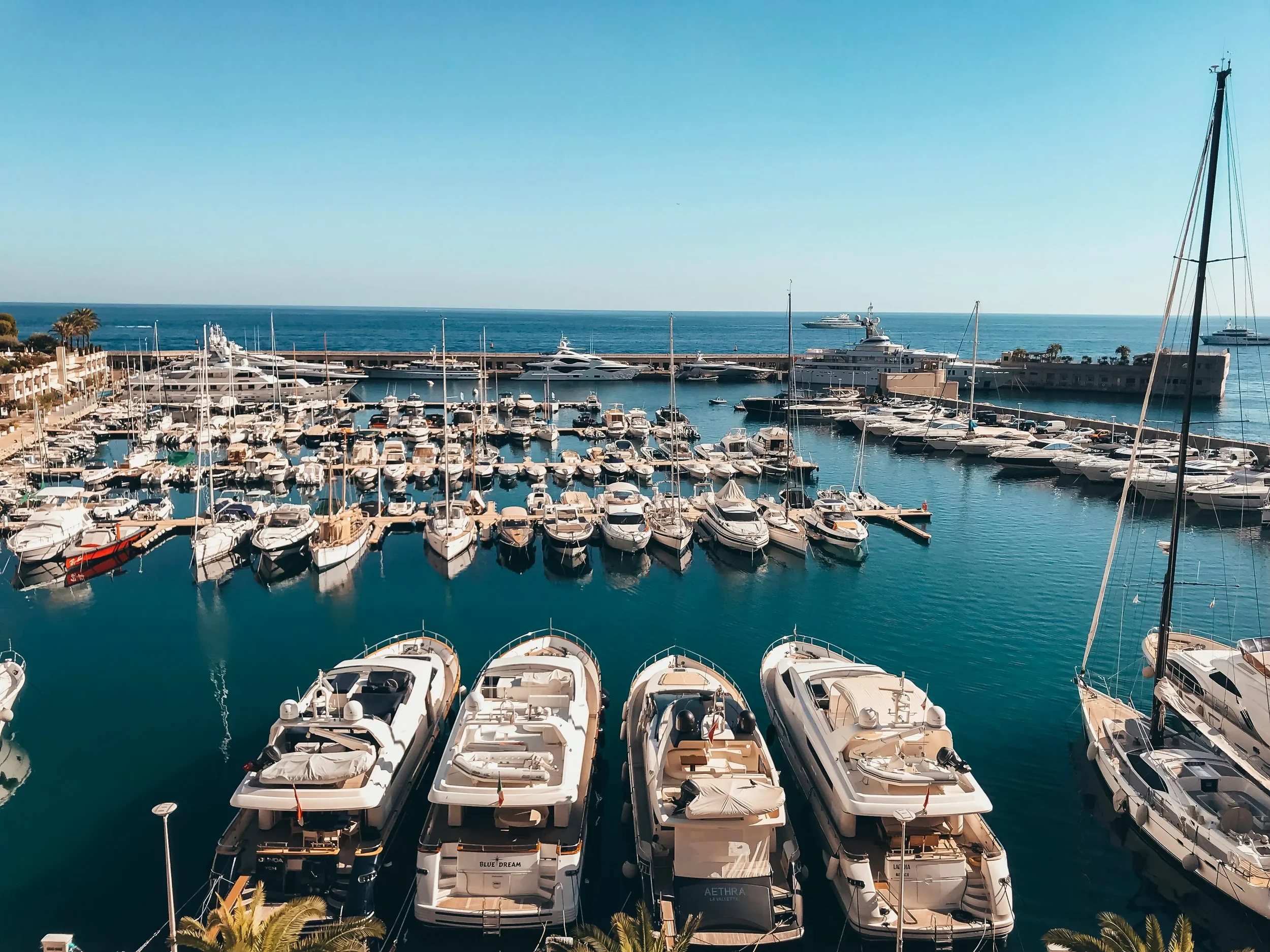Superyacht Tenders and Toys: A Guide to Luxury Afloat
In the world of superyachts, where every detail speaks to luxury and precision, tenders and toys often find themselves at the bottom of the priority list until they don’t. These essential accessories, far from being mere afterthoughts, play a pivotal role in shaping the overall yachting experience. From unique functionality to matching the aesthetic harmony of the mother yacht, a well-designed tender can elevate a yacht’s appeal and usability. As experts in the field emphasize, dedicating the same level of attention to tenders as to the yacht itself ensures they are not just practical but also an extension of the owner’s vision and style.
Tender Use
Just as yachts vary, so do tenders. New builds and standard models need to be considered in direct relation to the mother yachts. The first step is to ascertain the size and lifting parameters then decide what sort of tender is wanted (classic, RIB, limousine, open boat, etc.) Each is good for different things for example, RIBS are good for coming alongside, open work boats for having lots of cockpit space, limousines for being dry and comfortable. Owners should consult with their captains and discuss the operational requirements so that these are also met. If a consultancy or management company is not being used much research can be done online. There have been a number of scenarios when owners have also sent a copy their GA to a shipyard and asked “What tender can you do with this space?” and then waited for the options.
At times, especially custom builds, a tender is requested to mirror the look of the mother yacht. This is all down to owners’, captains’ and designers’ preferences; however, some of the very nicest custom tenders have a matching hull, superstructure, colour and finish. To achive this many will be designed together with the mother ship’s designer so that they achieve the same impact and style -for example M/Y A and M/Y Palladium.
As with a new build yacht, reputation, build history, an experienced designer and builder plus a solid financial state are all-important factors and should not be overlooked.
Finding & Choosing Quality Tender Builders
The best resource is to contact an independent tender consultancy that can guide owners and give an experienced opinion of several options. Many custom builders have good websites, videos on YouTube and also advertise in many well-known magazines, but a valuable recommendation is to ask around for opinions from people who have had tenders built at the shipyards before. Owners and captains of custom tenders are generally very pleased to talk about theirs and shipyards are also often willing to give out references of previous projects.
As with a new build yacht, reputation, build history, an experienced designer and builder plus a solid financial state (many tender companies have gone bankrupt over the years) are all-important factors and should not be overlooked. Most good builders will happily provide references on request.
With all custom builders specialising in producing certain types of tenders (for example some are good at composites, others fast race boats, others limousines, etc.) and, therefore, having different expertise, careful choice needs to be made of the shipyard by owners. The shipyard will either have an in-house design team or outsource to well-known tender designers such as Ken Freivokh, Patrick Banfield or Michael Peters.
A custom shipyard or tender consultancy works with all parties involved to achieve something that ticks as many boxes as possible. It is a challenge to create a boat that does this, that operates well, is dry, comfortable and has a good ride.
Careful measurements of the storage space (garage or deck of mother ship) are needed, together with the lifting requirements (for instance, does the crane have a maximum safe working load (SWL) which dictates the tender’s weight). Once the parameters, client’s preferences (engines, drives, layout, extras), style (open boat, limousine, RIB, etc.) and budget are known, various options can be requested from designers and shipyards.
Usually the captain, owner, tender consultancy or management company selects a number of custom builders and gives the shipyard a brief for it to work to. On larger boats this can be a lengthy brief one of my recent projects had a 14-page owner’s preferences document which needed to be met by the designer; this ensured the client got the tender he wanted and did not have to repeatedly meet the shipyard or designer during the design process. The more information that can be given to the shipyard and designer at the beginning of the process, the better.
Once a brief has been given, the shipyard then comes back with draft designs, a cost and a specification to be considered. This is not a simple process and often can take some time especially if it is a new model that has not been produced by that yard before.
For a custom new build tender build times vary dramatically depending on size and complexity; however, a build time of four months for a simple open boat which has previously been built by the yard could be considered the shortest time scale available. Generally it is ideal to start a new custom build as early as 12 or 18 months before the delivery of the new yacht; this ensures sufficient time for any owner preferences to be taken into account and also for thorough commissioning and sea trials to be undertaken.
Tender can then arrive at the yard in ample time so that it can be fitted on board and lifting arrangements and chocks can be prepared.
Custom limousines (which have hull and deck moulds plus luxurious interiors) could be considered to take considerably longer than this. Again, this all depends upon the detail and size. Another aspect to consider is that a number of custom builders may not have the availability to do a build immediately and therefore the more notice the better to ensure it is booked in. Simply put, custom tenders should be thought about as early as possible and thoroughly planned for to avoid any problems.
Warranty works and support will undoubtedly be needed at some stage in the future and the ability of the shipyard to provide this should be considered. All new-build tenders should be built to an agreed contract and the specification should be met. Tooling should not start until this paperwork is completed. The owner’s representative should sign off these specifications at key stages of the build and at final sea trials prior to delivery. Depending upon the specification, any tender should come with a full manufacturer’s warranty (varying on components such as engine, drive, hull, etc.). A manufacturer’s warranty on an engine, for example, should be around two years.
Factors To Be Taken Into Consideration — From the Experts
“Building a bespoke tender is always a question of balancing the various requirements of intended use. Clients who come to us with a clear idea of what they want to achieve and the time scale to discuss the build and tailor both the tender and the yacht to suit their needs will achieve a better end result.
As a tender designer and builder we are here to explain to the clients how design decisions can affect the way the tender performs for the yacht and to help them understand how these decisions can be a trade off with each other.”
Richard Watson, general manager, Pascoe International
“Anyone looking to build a tender should have a clear idea of how and where they are going to use the boat, whether or not it will be towed or stored on board. If stowed on board then they should have a good understanding of any space restrictions the stowage area might have.”
Dean Maggio, director of sales for custom yacht tenders, Yellowfin
“I think it’s very important to take into consideration what they want out of the tender, how they will use the superyacht and how they want the tender to go alongside it. Is it someone who wants to have a nice, safe arrival to a nice beach club, or someone going to explore the Arctic… then, of course, it’s two different approaches to the tenders they want.”
Johan Attvik, founder, J-Craft
Managing A Tender Build
Once a specification has been finalised and the builder chosen, it is recommended that the owner’s representative visits the vessel at regular intervals throughout the build to avoid any last-minute changes and also to ensure it is built to the standard required by the client. At a minimum these should be conducted at key stages in the build such as the laying of the hull, deck, fitting the engine, interior, commissioning and sea trials.
With custom tenders the more you put in the more you get out and regular visits are recommended to avoid well-known ‘custom boat problems’ and dreaded delays. As these boats often rely on a significant amount of owner input this is very much appreciated and also provides a good record of the reasons for certain decisions being made in case there are later problems with these.
Toys
There is a vast choice of toys available for owners now. Many of the same considerations as for tenders need to be thought about: most importantly storage space (garages), launching and recovery (cranes) and operational constraints. This is especially true of items such as inflatable yacht slides and large powered toys such as the Jetlev-Flyer and jetskis. Items such as stand-up paddleboards, kayaks and watersports equipment (towable toys, wakeboards, waterskis, etc.) are not usually so much of an issue as they are smaller, lower-cost items and can be stowed more easily.
Conclusion
The choice of tenders available to owners is vast and ever-increasing. Detailed consideration should be given by owners and captains as to the type of tender they require and the expected use of that tender so that their day-to-day operational requirements are met and their tender is both a useful work tool and a boat which the owner can be proud of. Consideration to tenders should be given early on in a new yacht build project.
In building a custom tender the more detail that can be given by the owner/captain the better. Preferences need to be detailed at the start of the process to avoid disappointment and to control costs.
In this new era of yachting tenders and toys are becoming more and more popular. Charter guests are attracted by the inventory of toys on board, so for a successful charter boat a large selection is essential. Superyachts are about having fun both for owners and charter guests and what better way to do this than messing about on the water with unique tenders and exciting toys?
Eray Ceylan
Naval Architect and Marine Engineer
